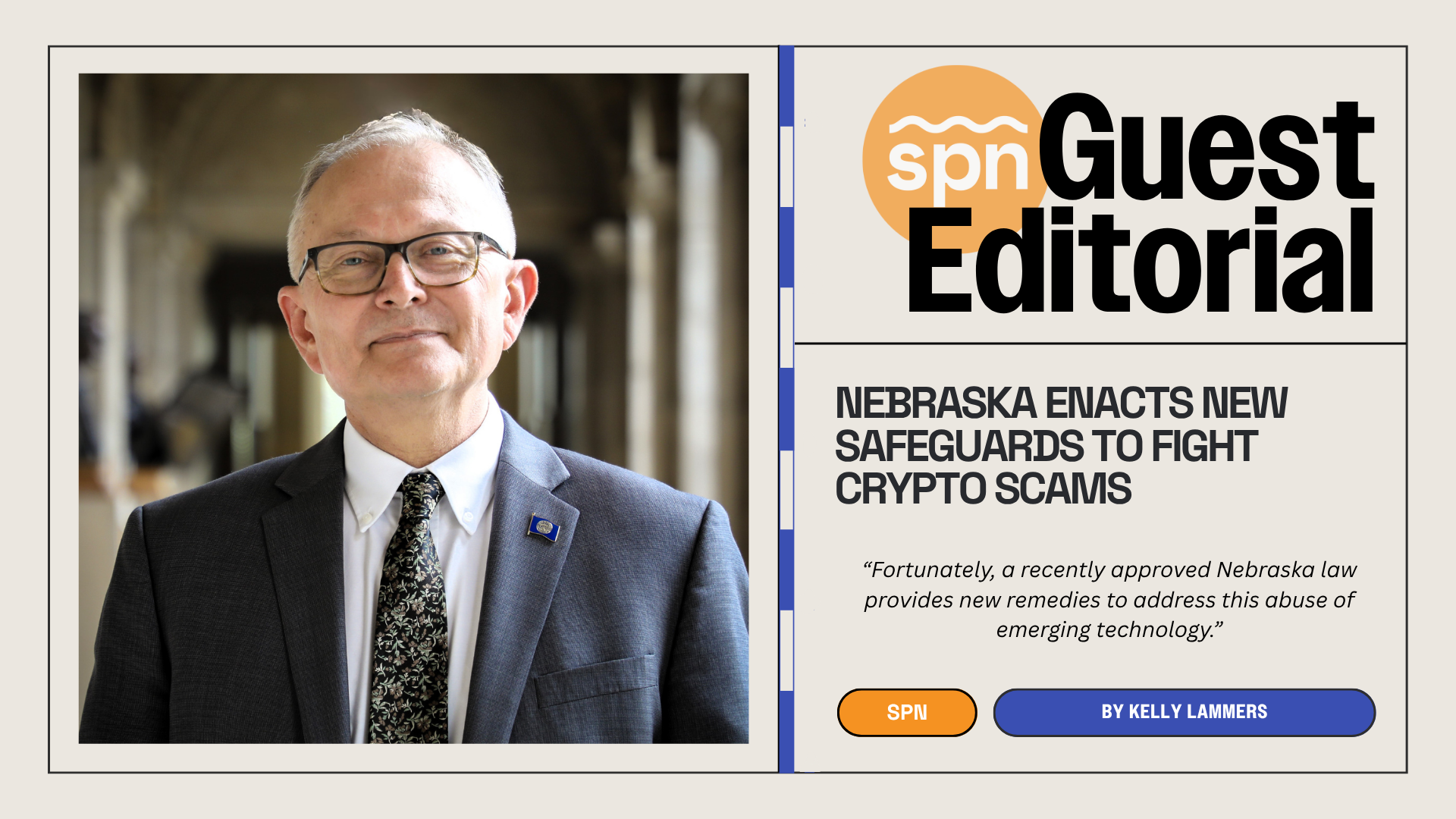We are proud to announce the first ever State of the Silicon Prairie Report. In this report, we ranked fourteen Midwestern startup communities on a variety of factors in order to measure where we are individually so that we might progress as a united region.
As part of AIM Institute, a nonprofit whose mission is to build brilliant communities through technology; our mission at SPN is to raise the visibility of the Midwest innovation community and connect entrepreneurs, innovators, investors, and talent. We hope this report will help us accomplish this by providing a starting point for those who are not familiar with the Silicon Prairie, and point of reference for its members so together, we can strive to grow and connect as a community.
The Silicon Prairie, which includes the region in and around Nebraska, Iowa, Missouri, and Kansas, is poised to become the next frontier of innovation as the traditional startup hubs like Silicon Valley, New York City and Austin become overpriced and the tools for building technology companies become democratized.
The rise of the Prairie
Entrepreneur, investor and author Steve Case advocates for the “Rise of the Rest” when it comes to startup communities. He believes the next batch of up-and-coming startups will be found in lesser looked-upon places like Omaha and Pittsburg, not just the larger and well-known hubs. Case’s logic is tied to four basic changes in the entrepreneurial and technological world.
First, the cost to run software systems has decreased dramatically, meaning that forming a SaaS or e-commerce company is much less expensive than it was a decade ago. This makes it possible for companies to be formed outside of investment capital hotspots.
Second, the emergence of entrepreneurship as a “thing” means that more companies and regions are identifying ways to help early stage entrepreneurs succeed. As a result, finding customers, mentors, and other key early-helpers in building a company is easier today in places such as Columbia, Ames, and Lincoln.
Third, good business ideas come from places that have real world customers driving some of the innovation. There is not a geographic monopoly on challenges facing businesses and consumers––so the ideas can start and grow anywhere.
Finally, because the opportunities are not as saturated by investors, the opportunities for good valuations and good returns are still present. Essentially, investors can get good deals in the middle part of the country because there are not hundreds of capital providers with access and insight. Instead, there still remain opportunities to find hidden gems.
The state of the Prairie
Silicon Prairie News asked Tom Chapman of Chapman and Company, a regional consulting firm, to assist in creating an annual report outlining the state of the Silicon Prairie. Chapman’s consulting practice provides solutions to startups seeking revenue and funding and he works to grow local and regional ecosystems.
Chapman’s area of expertise and focus within the firm is on measuring startup ecosystems. He has a wide range of first-hand knowledge regarding the region and has worked with, visited, presented, and networked in all of the ecosystems featured in this report.
Chapman and Company was asked to look at the Silicon Prairie as a whole, and then fourteen specific cities within it.
The Silicon Prairie rankings
There is no perfect way to create a report that evaluates the status of startup ecosystems. Certain communities test particularly well because they have particular attributes that outweigh their overall performance. Other communities score below the average due to a variety of unique data challenges and factors including population and the definition of certain workers in the community’s workforce.
Because of these challenges, Chapman and Company created an algorithm that measures a wide variety of attributes with the intent of identifying significant building blocks for all ecosystems, and weighing those building blocks against one another.
The report attempts to mitigate some of the issues caused by size differences between cities by providing a RAW score and a CAP score. The raw category simply ranks the communities based on their total data “points”. This ranking is helpful to get an idea of the total size of an ecosystem and generally will provide a more reliable ranking.
The reality is that neither measurement is more correct than the other. Research methodologies around ecosystem measurement are still evolving, but the goal of the measurement is to give communities some insights on areas for improvement.

The full 2016 report
The full report is broken down into three sections that (I) provide a broad overview and context regarding these fourteen cities, (II) offer more detail for each community with a snapshot of some individual data and data-informed commentary that is subjectively backed by information collected from a survey sent out between January 17-29, 2017 via SPN and other social channels and (III) provide general information and recommendations for the entire Silicon Prairie.
If you did not take the survey, but would like to, you can complete it here.
The full 2016 State of the Silicon Prairie Report is available to download. To access it, please enter your email below.







2 responses to “SPN special report: the 2016 State of the Silicon Prairie”
[…] points collected and gives an idea of the total size of the startup ecosystem. It is stated in the article that this is a more reliable ranking than the per capita […]
[…] ensure a world-class tech workforce for the region, Silicon Prairie News has recently released the Silicon Prairie News 2016 State of the Silicon Prairie report. The report provides a snapshot review of the Silicon Prairie and its communities in Nebraska, […]